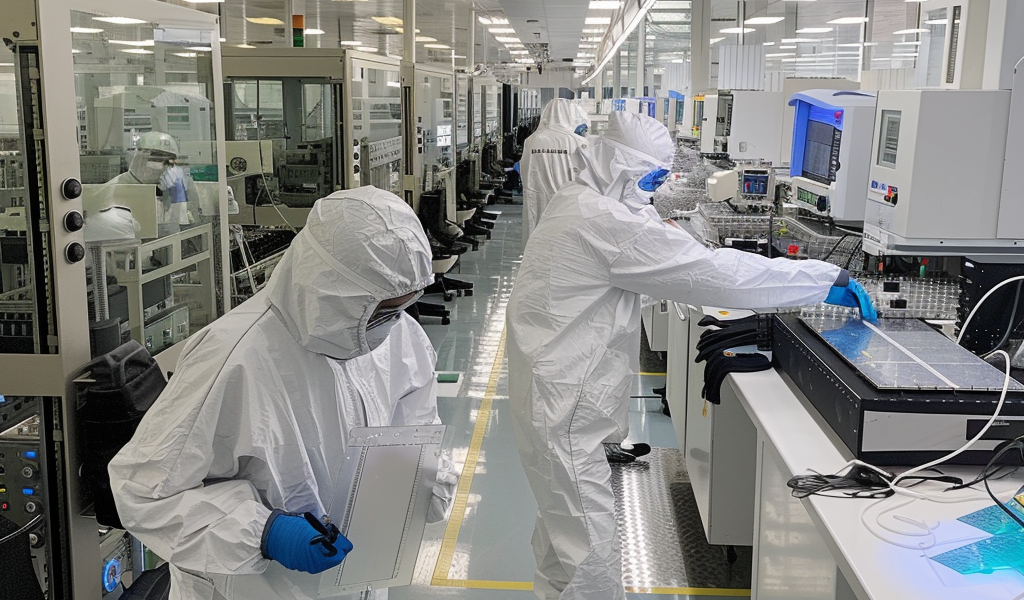DRAM Manufacturers Gradually Resume Production, Impact On Total Q2 DRAM Output Estimated To Be Less Than 1%, Says TrendForce
Following an earthquake that struck on April 3rd, TrendForce conducted a detailed analysis of its effects on the DRAM industry. The sector has displayed resilience with minimal interruptions despite some damage and the need for inspections or disposal of wafers among suppliers. The strong earthquake preparedness of facilities has helped minimize the overall impact.
Major DRAM producers like Micron, Nanya, PSMC, and Winbond had all resumed full operational status by April 8th. Micron’s advancements in cutting-edge processes, particularly the 1alpha and 1beta nm technologies, are expected to significantly impact DRAM bit production. In contrast, Taiwanese DRAM manufacturers are still utilizing 38 and 25nm processes, contributing less to total output. TrendForce estimates that the earthquake’s impact on DRAM production for the second quarter will be around 1%.
Minimal impact from the earthquake has led to limited benefits as Q2 DRAM contract prices are expected to rise. Following the earthquake, there was a temporary halt in quotations for both contract and spot DRAM markets. While spot market quotations have largely resumed, contract prices are yet to fully recover. Micron and Samsung ceased issuing quotes for mobile DRAM on the day of the earthquake, with no updates as of April 8th. On the other hand, SK hynix resumed quotations for smartphone customers promptly, with proposed price adjustments for Q2 mobile DRAM being more moderate compared to other suppliers. TrendForce predicts a seasonal contract price increase for Q2 mobile DRAM of approximately 3–8%.
Concerning server DRAM, the earthquake mainly impacted Micron’s advanced manufacturing processes. This could potentially lead to higher final sale prices for Micron’s server DRAM, although the exact price direction remains to be seen. The majority of Micron’s HBM 1beta and TSV production is based in Hiroshima, Japan, an area unaffected by the earthquake, ensuring stable supply levels and unchanged prices.
In the spot market, module makers like Kingston and ADATA have resumed quoting without price adjustments, indicating the earthquake’s limited ability to drive price increases. While DDR3 inventory scarcity may lead to some price increases, the ample inventory levels for DDR4 and DDR5, coupled with subdued demand, are expected to keep pricing relatively stable.





